How To Grow Cannabis Indoors: Where To Start
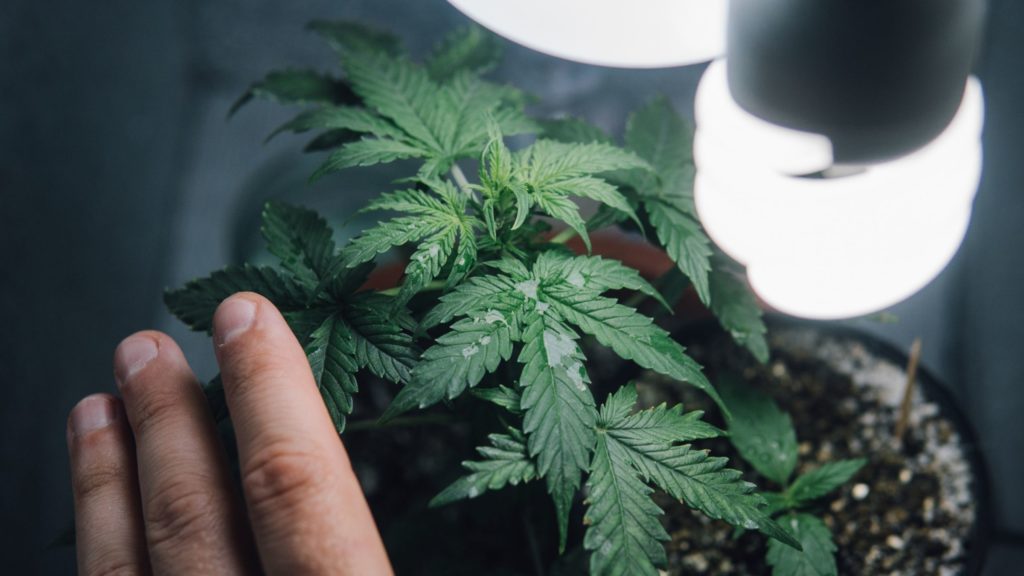
How To Grow Cannabis Indoors: Where To Start
Cannabis lovers all over the country are increasingly able to legally grow their own cannabis at home.
Whether you are looking to grow for recreational or medicinal purposes, if your state allows it, you can start your own grow at home.
Be sure to check with your local legislation before you make any moves. Cannabis legislation can be tricky and varies greatly from state-to-state.
Join us as we dive deep into the world of home-grow!
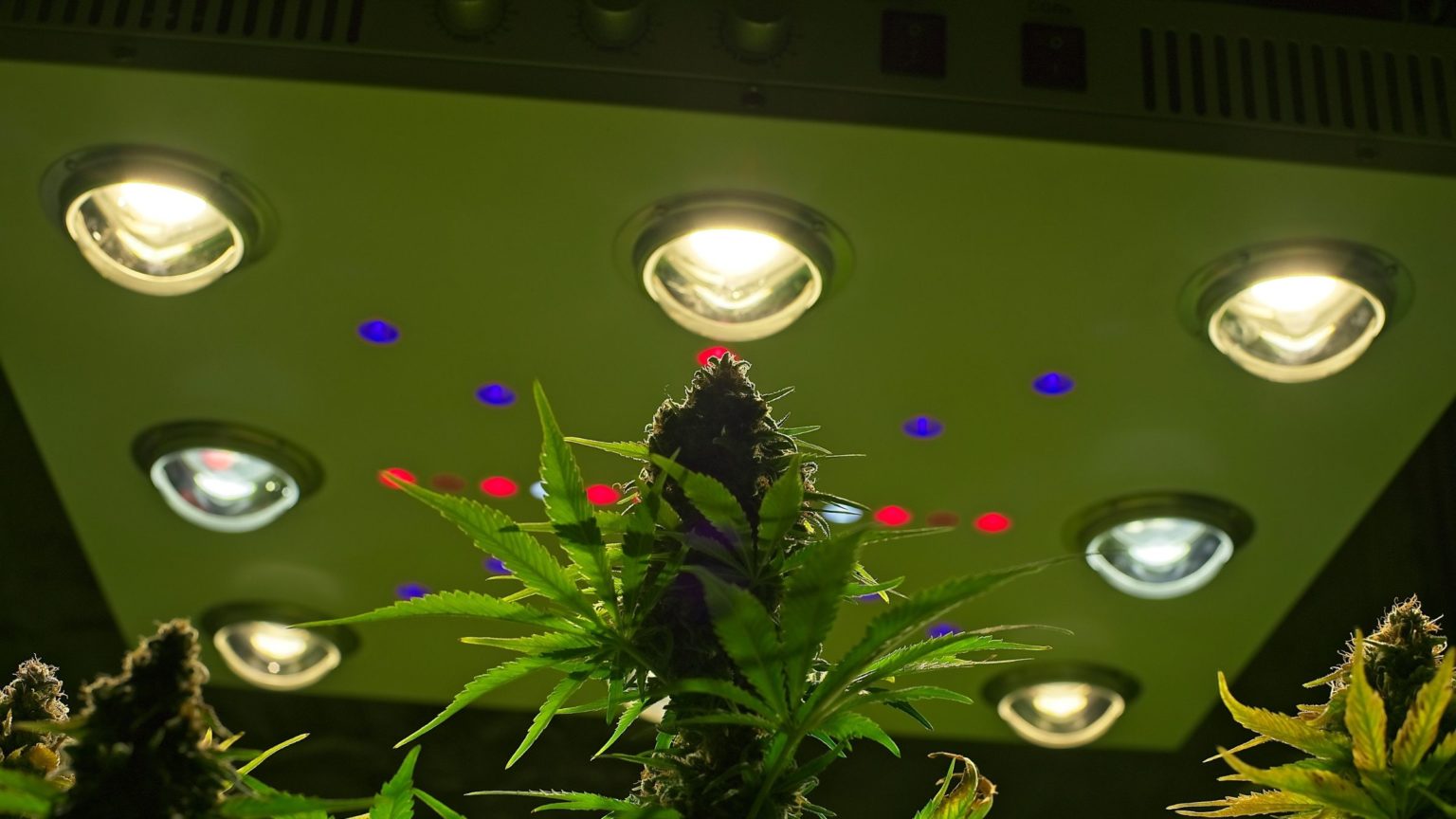
For example, some states permit home-grow solely for medicinal purposes while others do not specify.
The recent changes in policy and destigmatization of cannabis are leading many people to feel ready to plunge into the world of cannabis farming for the first-time.
There are many advantages to growing your own cannabis (for example, saving money). We get more into these later in this article.
It’s important to note a few things before we begin: To start, it is essential to have the right equipment and materials. These are the items and considerations that indoor cultivators need to make before starting their gardens.
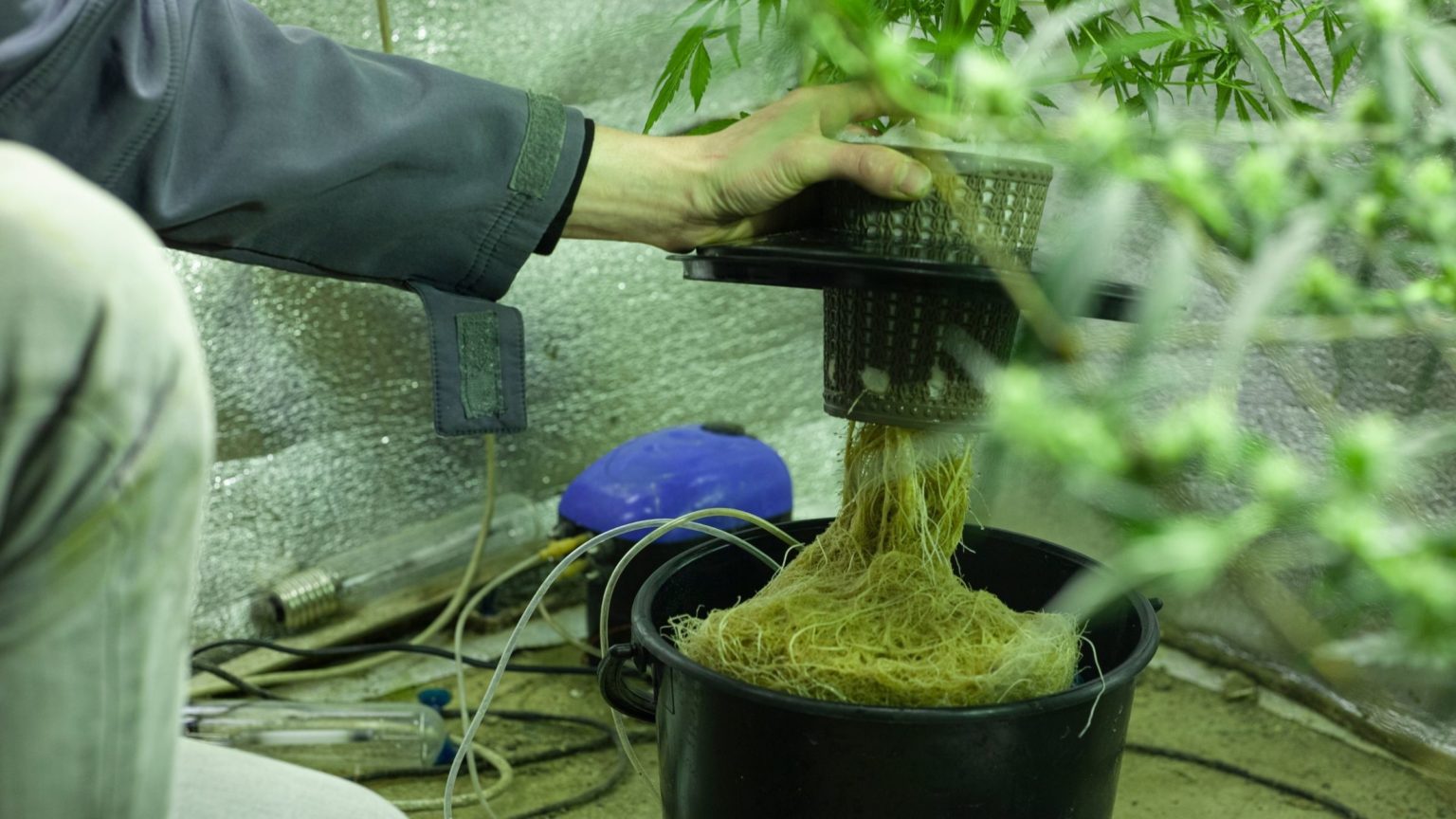
How To Grow Cannabis Indoors: Hydroponics vs. Soil-Based Growing
Every indoor cannabis grower must decide which method they will use to cultivate their plants.
The most popular methods are hydroponic or soil. Hydroponic indoor gardens require more equipment than indoor soil gardens. This includes pumps, pipes, hoses, water reservoirs and connectors. All of these items are needed to maintain water circulation within the hydroponic system.
Hydroponic cannabis gardens offer some advantages over soil gardens. The most important is the faster harvest. However, many growers prefer to use soil because it is less costly, and less work overall. Growing hydroponically is more complex than growing in soil.
Furthermore, hydroponic cannabis cultivation is not recommended for beginners. It is much easier to start with soil and other organic inputs because it is just more accessible, both financially and physically. If you have already tried growing in soil and you’re looking for a more advanced grow, hydroponics may be for you.
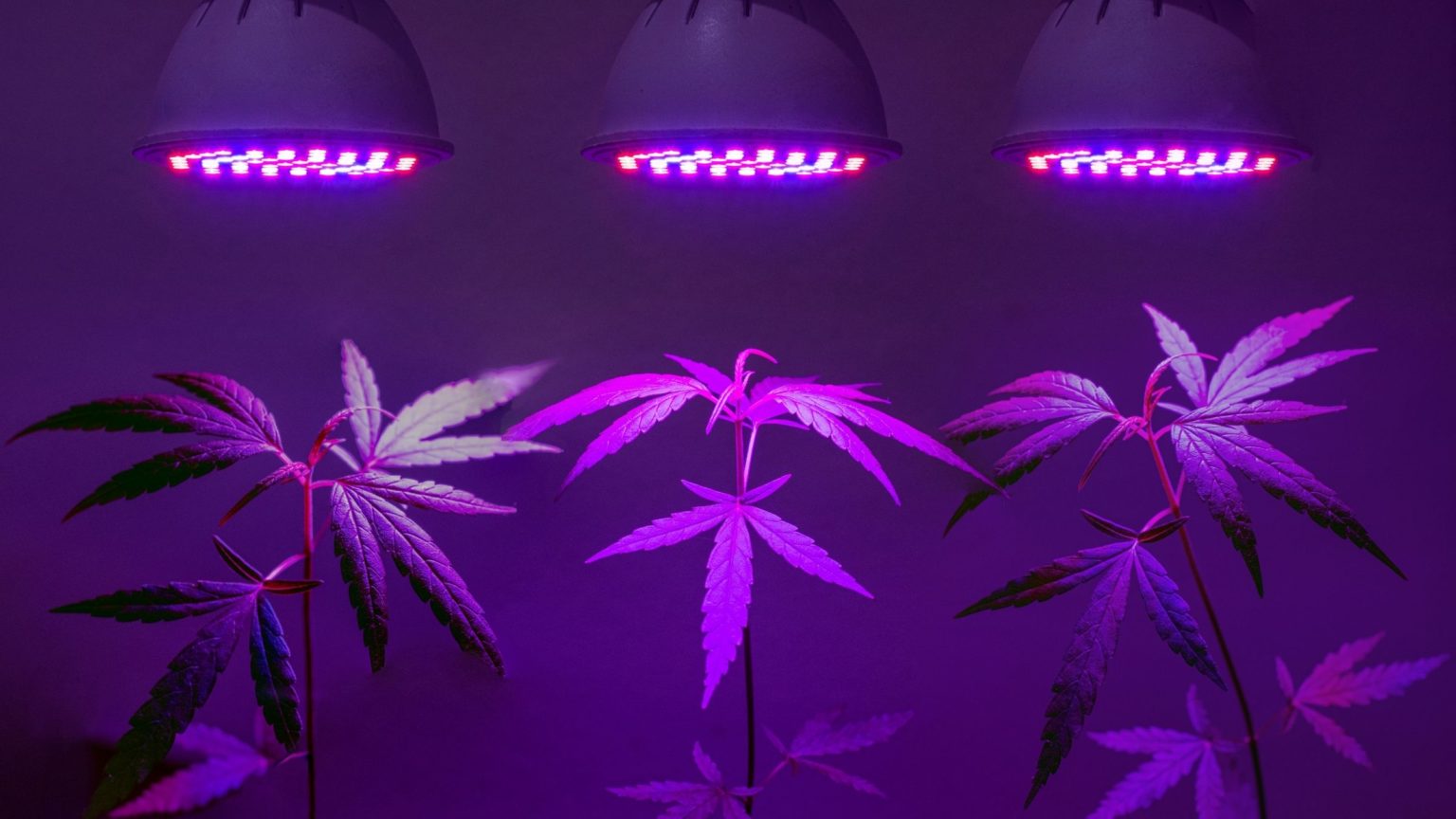
How To Grow Cannabis Indoors: Constructing a Space That’s Suitable For Your Plants
To create a space suitable for indoor cultivation, one must replicate natural conditions.
You want the indoor grow area to be at the right temperature, maintain ideal humidity levels, prevent disease and other pests, as well as controlling the amount of light coming into the garden. Common indoor spaces that are used for growing include closets and spare bedrooms, along with basements, attics, sheds, or garages.
As you can see, there are many elements and factors that need to be completely controlled in order for your grow to be successful. Be sure not to overlook any of these steps otherwise your grow will be unsuccessful or prone to many issues down the line.
You are going to need a grow light in order to ensure that the plants are getting enough light and on a timed schedule. You will also need some kind of mechanism to reflect the light back onto the plants. Cannabis plants like a lot of light.
For light reflection, you can use Mylar. This can be found in most indoor garden supply outlets or online. Home Depot and Lowe’s both sell reflective Mylar Styrofoam panel boards. They are easy to work with and easily cut into sections. Bright white paint can be used to reflect light better.
However, it may slowly become less effective as the space is used more. Indoor cannabis gardens can consume a lot of electricity so make sure you have enough power to run all the equipment in the space. Every indoor cannabis garden should have surge protectors as well.
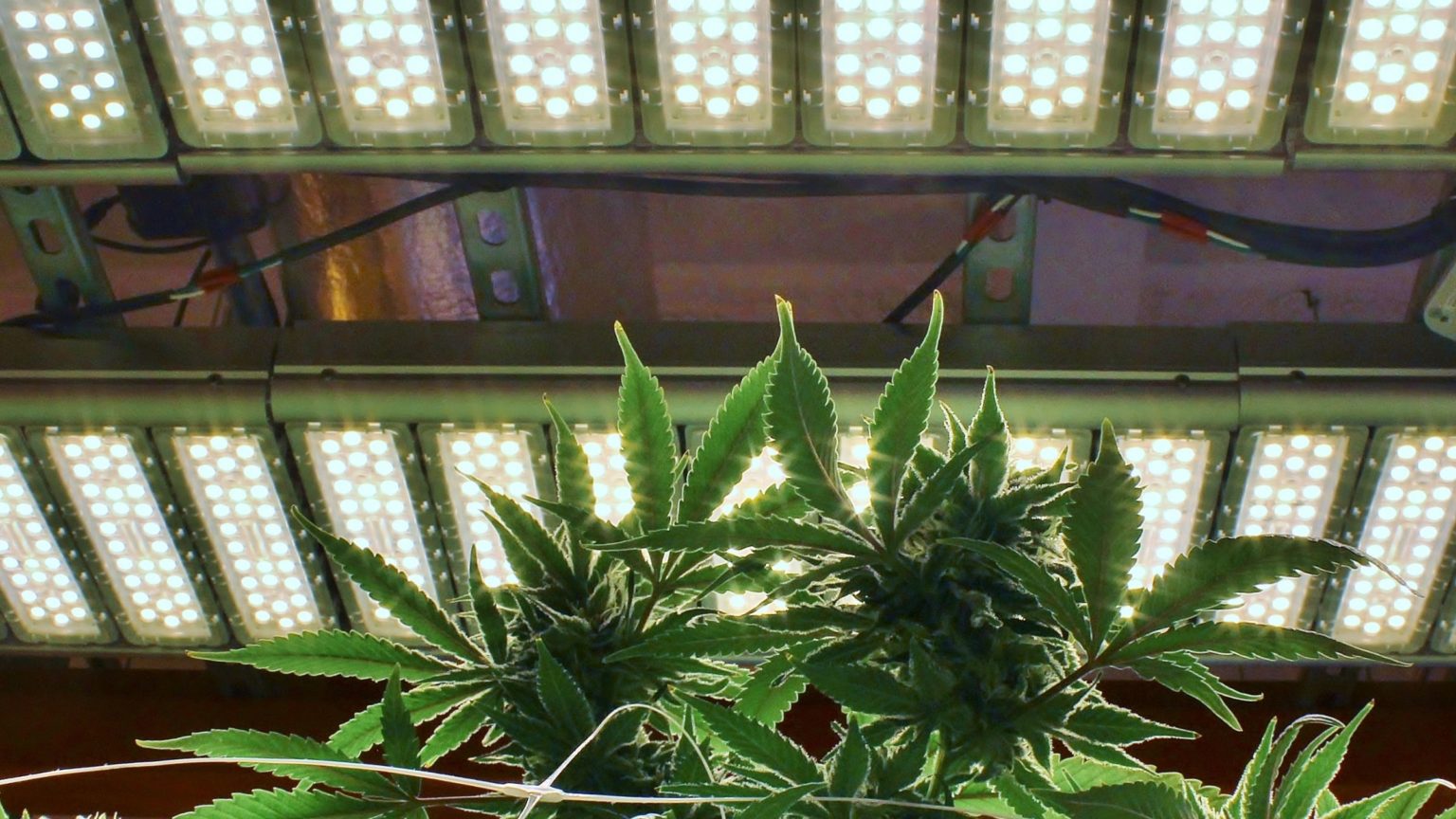
How To Grow Cannabis Indoors: Lighting
Lighting is an extremely important component of an indoor cannabis garden. It is also some of the most expensive equipment required to grow any sort of indoor garden. Though there are many indoor garden lighting options.
The most common lights include LED grow lights and high intensity discharge (HID) lights. HID lights are composed of a ballast (used for the “veg” stage), high pressure sodium (used in the “flowering”) stage, and a hybrid model that combines both.
LED lights offer three distinct advantages over HID lighting: they generate almost zero heat and do not require HID-type bulbs. They also consume less power. HID lights usually offer better yields for producing the most flower, and are more affordable than LED lights.
Essentially, it is really up to you to choose which lighting option you’re gonna use. Just be sure to do your research.
Lighting Tips To Keep In Mind
Mounting the lights are a whole other can of worms. While indoor growers don’t usually think about lighting until their room is constructed, it’s an important step that should be taken into consideration beforehand.
A rule of thumb is to have one grow lamp for every four square feet of garden. To support the hooks, make sure you have strong beams or studs. Additionally, you will also need plug-in timers to control the lights and perhaps some extension power cords, depending upon the size of the room.
Another tip is to purchase light moving tracks to make your grow lights last longer. Light movers include aluminum tracks that attach to the ceiling of the room and a motor which moves along those tracks to move the light back and forth.
While this is not necessary, and fairly costly, some growers prefer this method. Also you will have to be sure that the cords don’t slip back and forth between or around your plants.
As tedious as it may be, it is something that many successful indoor gardeners incorporate into their gardens.
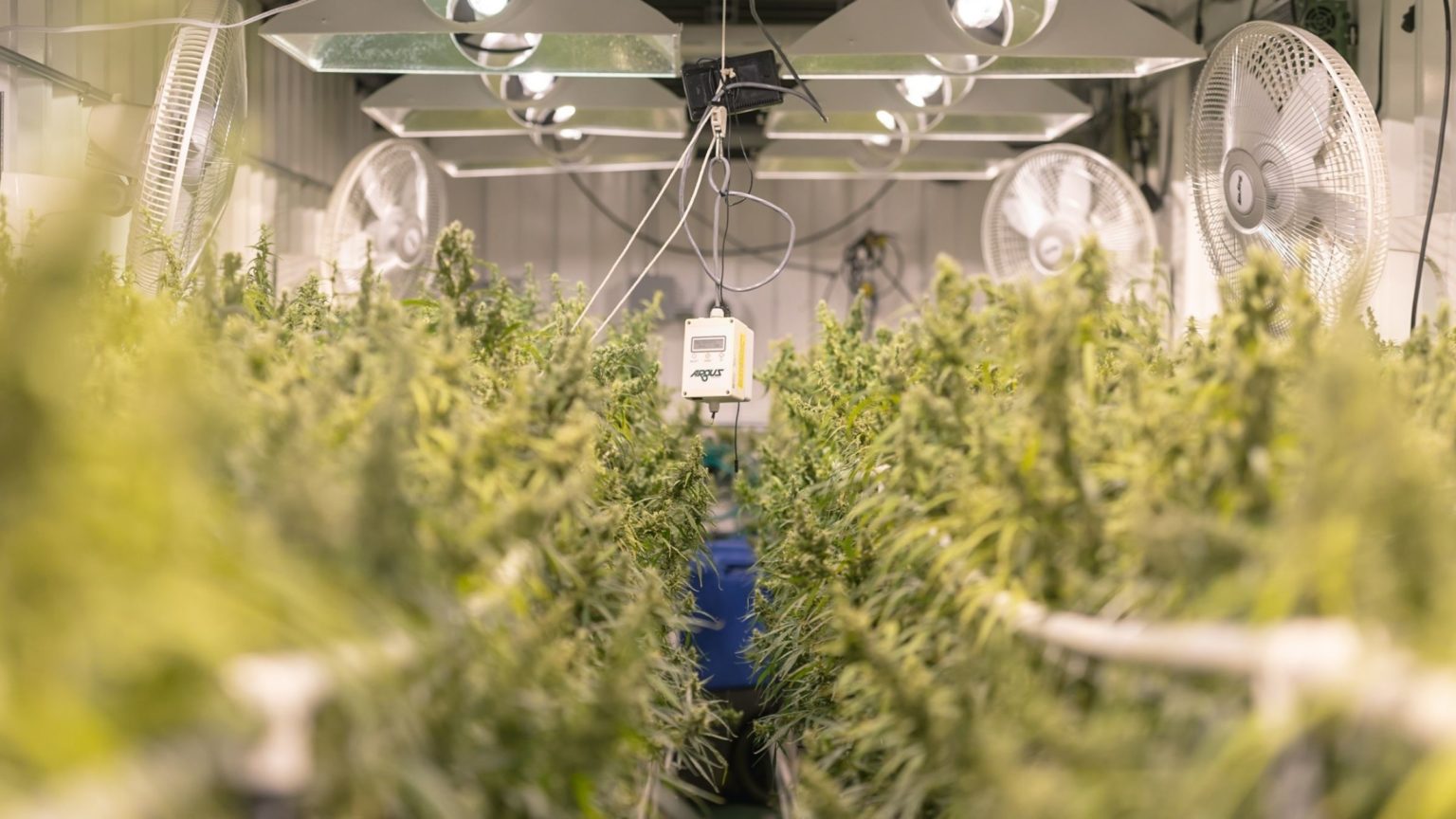
How To Grow Cannabis Indoors: Managing Temperature And Air-Flow
The ideal indoor temperature should be maintained at 70 degrees Fahrenheit. This is an important factor in creating a space that’s suitable for indoor cultivation. It’s dangerous to let temperatures reach too high (above 80° Fahrenheit) and too low (below 60° Fahrenheit).
Temperatures that fluctuate between hot and cold too often can be a breeding ground to spread disease.
Indoor cannabis plants require fresh air to be pulled in through an intake fan and expelled from the space by an exhaust fan.
Indoor gardens also require standard indoor house fans to move air within the indoor space. Be wary of a stagnant atmosphere, as that can also result in a breeding ground of diseases.
Additionally, air conditioning will be necessary in areas where temperatures are high. On the other hand, if you are in a particularly cold environment, you should probably invest in a space heater. The ultimate goal of your ventilation system should be to move the air around the room while maintaining a constant temperature at 70 degrees Fahrenheit.
Basics On Containers
Once you have created the perfect controlled atmosphere, you can now choose which containers you would like for your plants. The basic rule is, the bigger the container the better. Think of it this way, the more space for the roots to grow, the bigger the plant, and the bigger the yield or harvest.
When you start out, you are likely going to start with either clones or germinated seeds. However, you will eventually need to transplant the cannabis plants into larger containers. Although 5-gallon containers are fine for small spaces, 10-15 gallon containers are even better. Fiber pots are better suited for growing, they allow the plants to grow and move freely within the pot. However, plastic containers are also a suitable option.
Basics On Soil
It is absolutely crucial to choose the right type of soil.
You should prepare the soil in advance using proven organic ingredients. This is the best way to ensure that the soil does not require any nutrients throughout the plant’s life cycle. Ideally, you want to mix organic and nutrient dense inputs into the soil, like compost, bat guano, and more.
In this article, we go into how to make super soil for outdoor grow, however for indoor potting soil it should still look something like this just on a smaller scale.
If you prefer to add the nutrients in over time, that works too, but it is best to make sure your plants get started in an organic and nutrient dense soil media.
Basics On Water Sources
Water, as with any plant or living being, is an essential element. You want to make sure that the water you are using is extremely clean and free of any harsh chemicals.
Furthermore, many municipalities treat their water using all kinds of additives including chlorine and the like. Be sure to get a water filter and test the water’s pH before watering your plants with it. RO (reverse osmosis) water is one of the best options for plants. However, using bottled spring water will most likely do the trick.
Basics On Nutrients
There are many options to choose from when it comes to nutrients.
If possible, it is best to find someone who has experience with cultivating the same genes as you are. Then, if they are successful, get started with their nutritional recommendations.
Researching nutrient products can be dangerous as the claims made may be false. Further, a nutrient product that is more expensive doesn’t necessarily mean it is better. If a nutrient line appears too good to be true, especially in terms of cost, it most likely is. You will want to be sure whichever brand or product you decide on will be efficient enough for handling nutrient deficiencies.
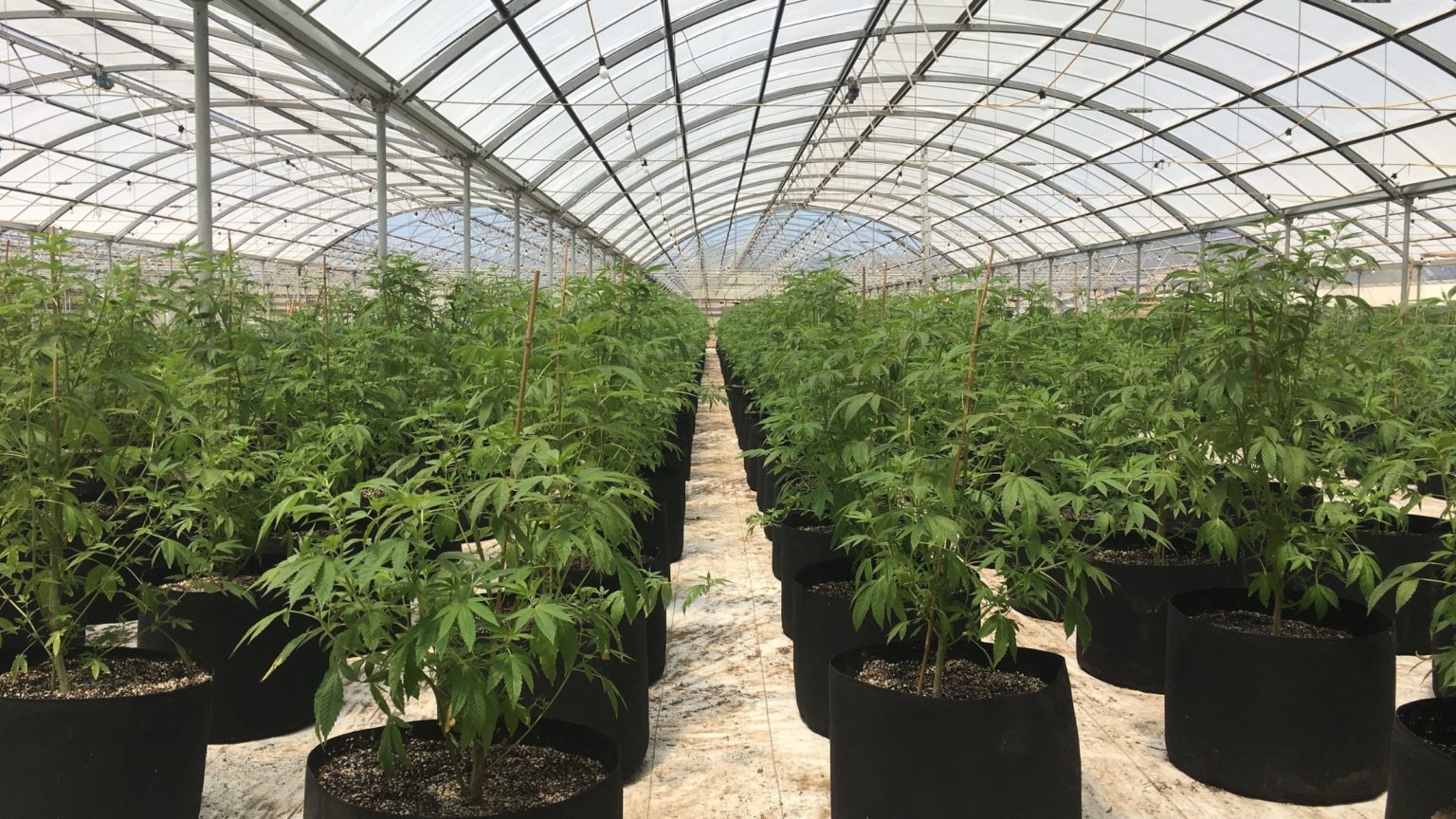
How To Grow Cannabis Indoors: Genetics
By this point, after taking in all the above considerations, you should be ready to get to planting.
Selecting the right strain and genetics is a major task, even though options may be limited in some areas. An indica is the best option if you have a low ceiling, they generally don’t get as big as sativa strains.
However, some strains can grow extremely large in width even though they may not be very tall. You will need to give the plants enough room to grow to their full potential as well as some wriggle room. If the plants are too close to one another or touching the walls of the enclosure, this could be a breeding ground for bacteria.
Of course, personal preference plays a significant role when deciding on which strain to grow. If you’re a passionate grower of a particular strain, and are confident that you can obtain it, then by all means go for it. Though remember you can slightly manipulate your plant by trimming the plant and making it smaller by simply ‘topping’ it and bending the branches in a certain way (to some degree), and thus shortening their vegetative stages.
Bugs, Diseases, and Additional Accessories
No matter how experienced a grower might be or how neat a room looks, there’s always still a chance of disease and bugs affecting your plants.
It takes only one bug to get into a room via clothing or even through one mildew spore coming in from an intake fan. The best way to prevent these problems would be to keep the space as clean and well ventilated as possible.
Organic bug repellent is a good option. Also keep other pest controls, such as sticky sheets for aphids, and organic disease controls like neem oil. Even if there are no signs of disease or insects, it is a good idea to start treating plants with organic controls ahead of time. A dehumidifier is a great way to help keep powdery mildew at bay. Which can be very difficult to eradicate once it has established itself in a garden.
There are many options for accessories that can be added to an indoor cannabis garden. These are tools that are deemed useful but not essential. It all depends on personal preference and what works best for you, some may deem certain accessories as essential and other may view the same items as superfluous.
To harvest high-quality cannabis, however, you don’t necessarily need additional specialty lighting or odor control. If you have the extra funds for any of these, then go for it.
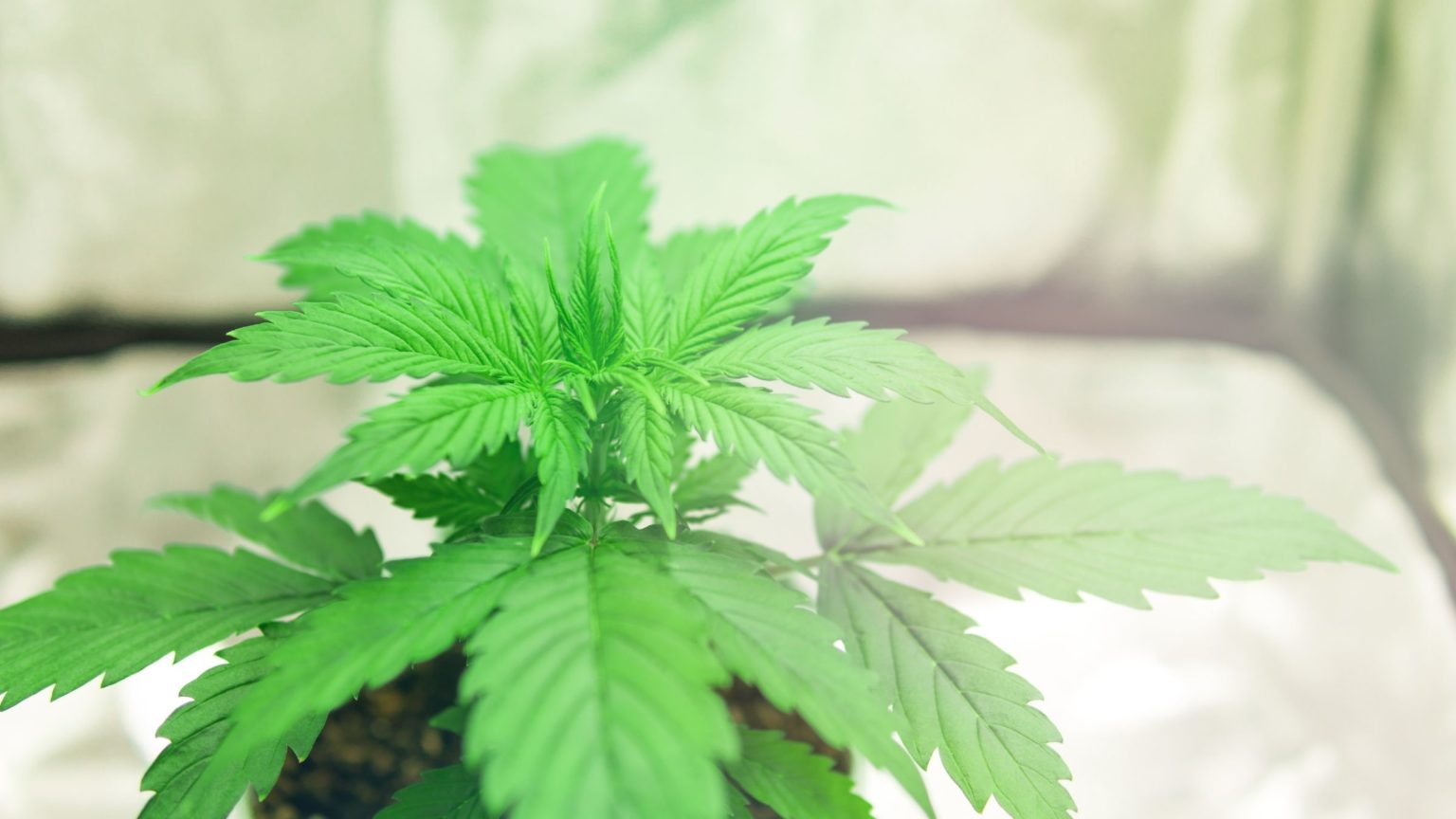
How To Grow Cannabis Indoors: Furthering Your Education
The process of cultivating cannabis can be a lifelong learning experience.
Even the most skilled cannabis cultivators are quick to share how they are always learning new cultivation techniques and strategies.
Sativa University’s Hydroponic Based Growth Course or our Advanced Growth Course is a great way to learn about cannabis cultivation from seed to harvest.
This program is taught by real industry cultivation experts and includes many insightful course materials as well as invaluable tips on how to increase your yields and be a successful grower. This program is an excellent way to improve your cultivation knowledge as a new or experienced grower.

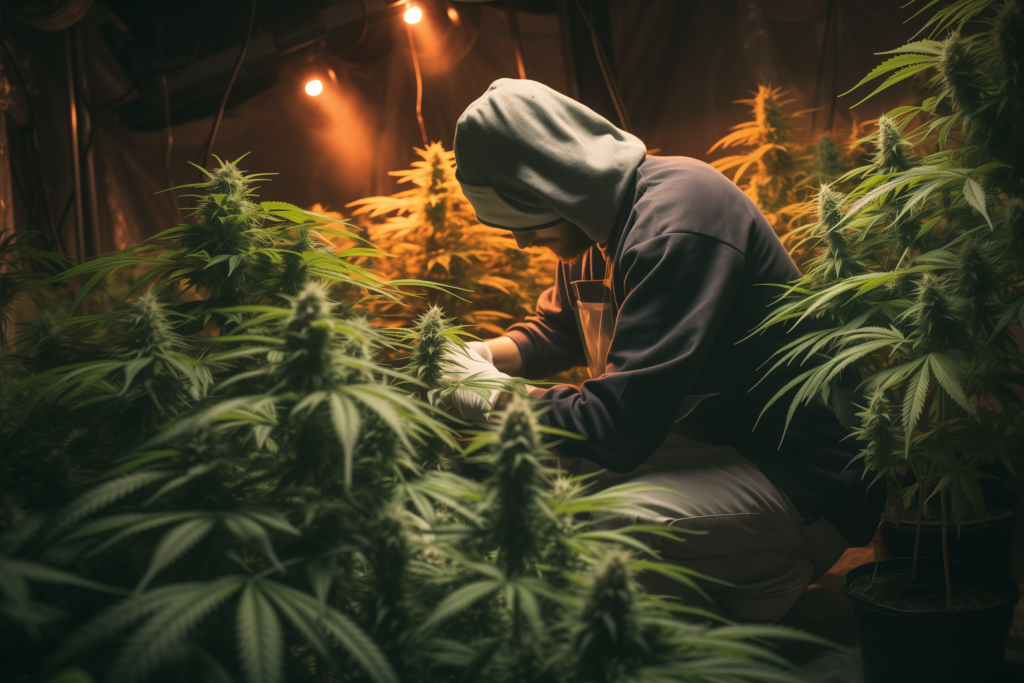
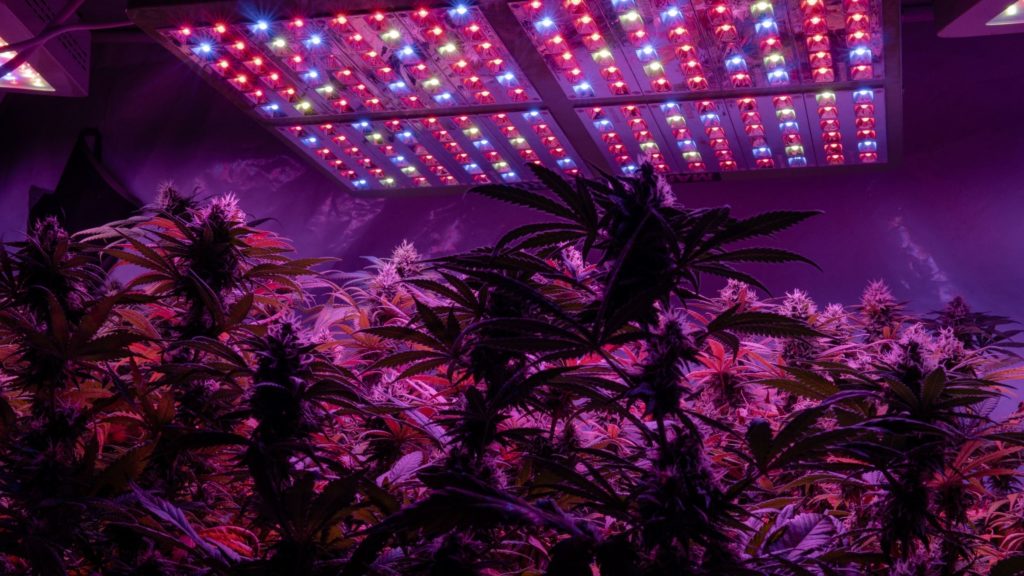
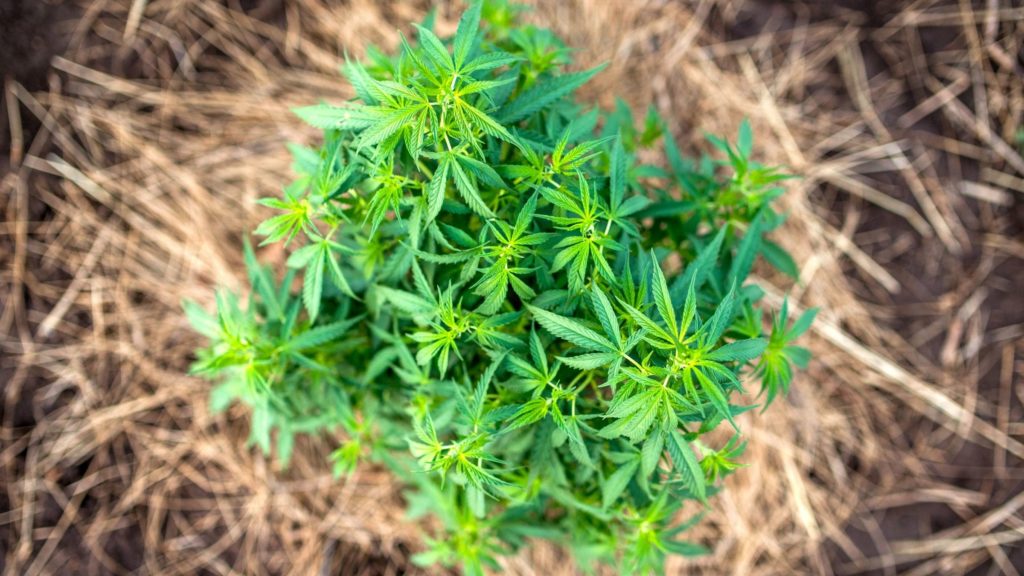
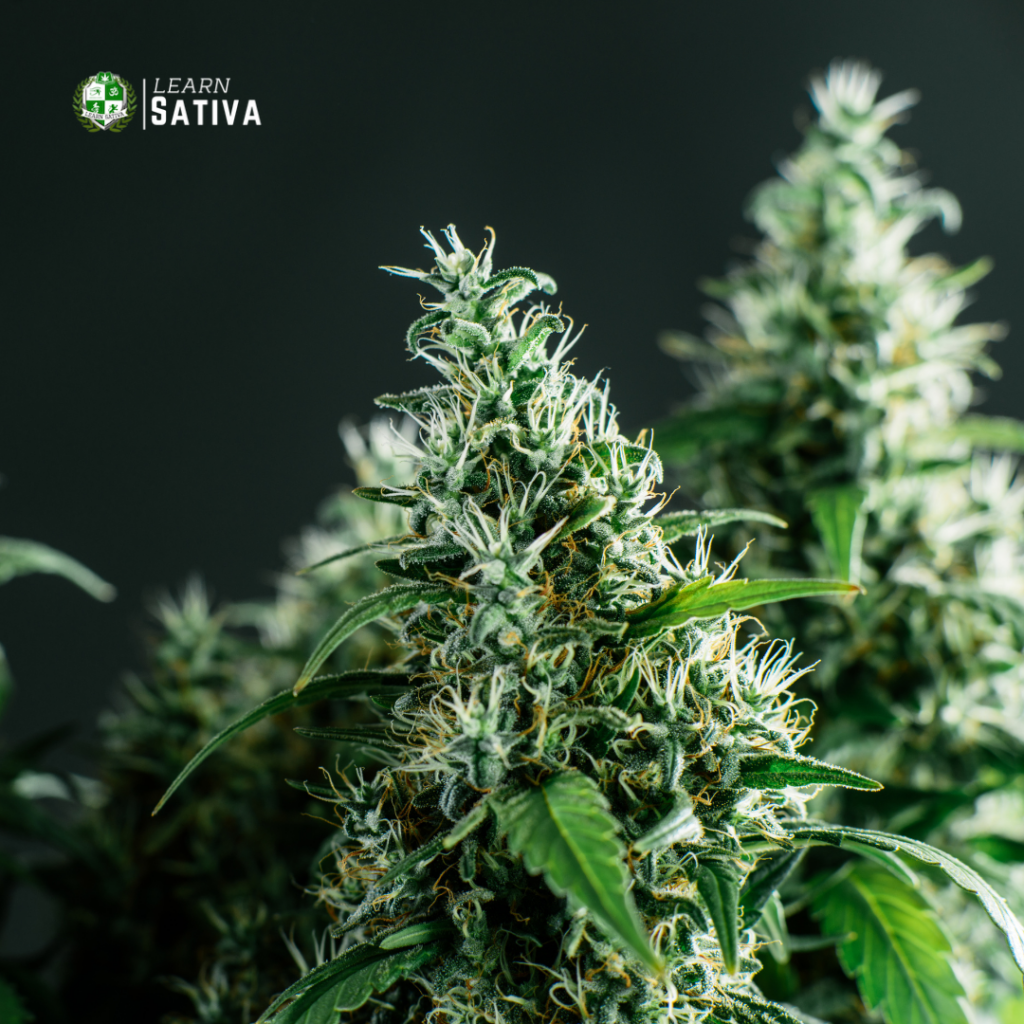
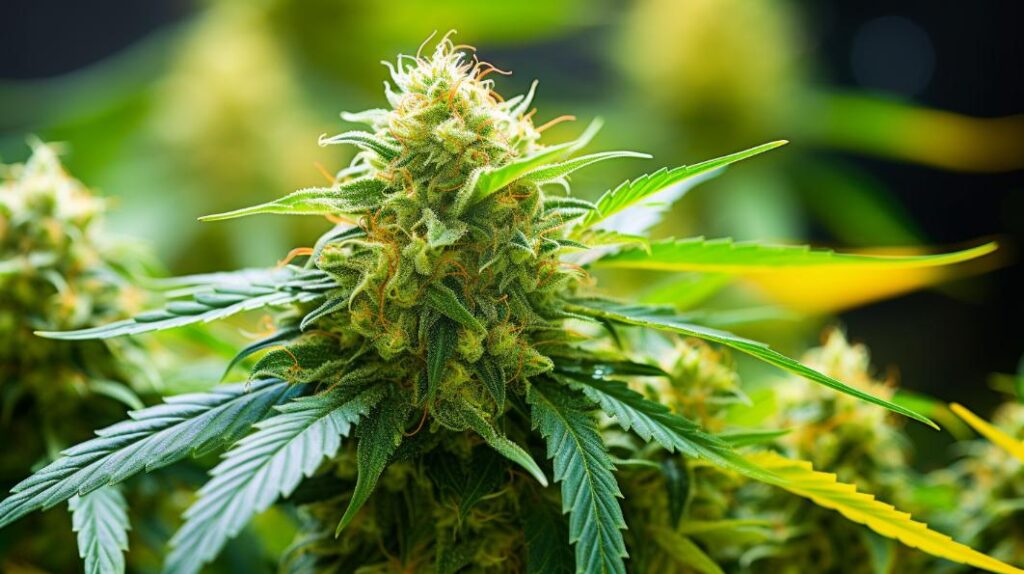

Responses